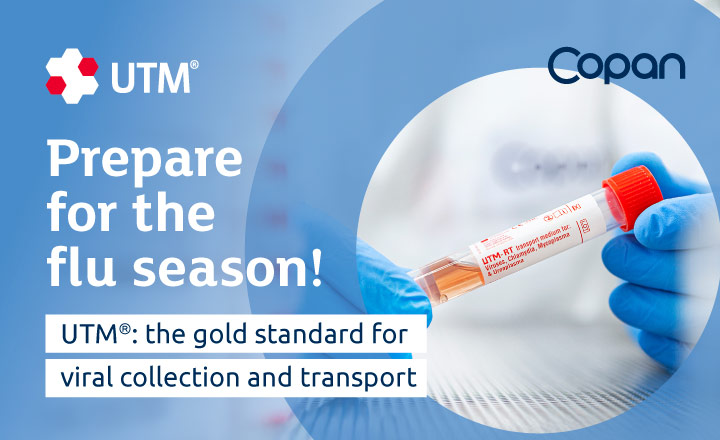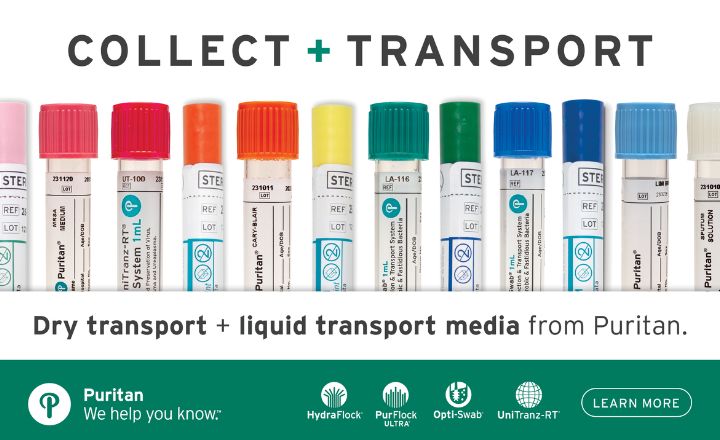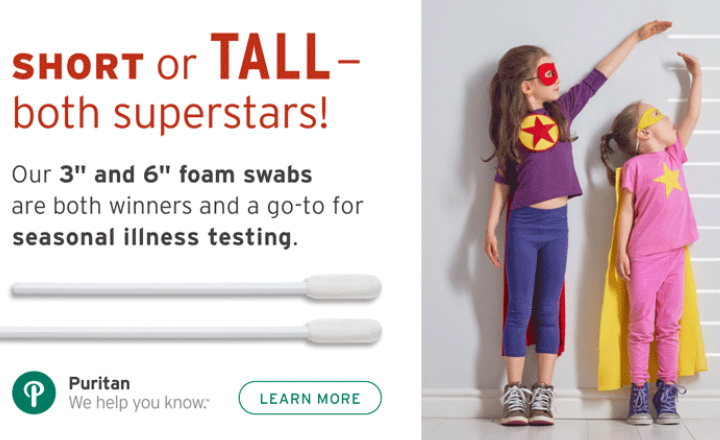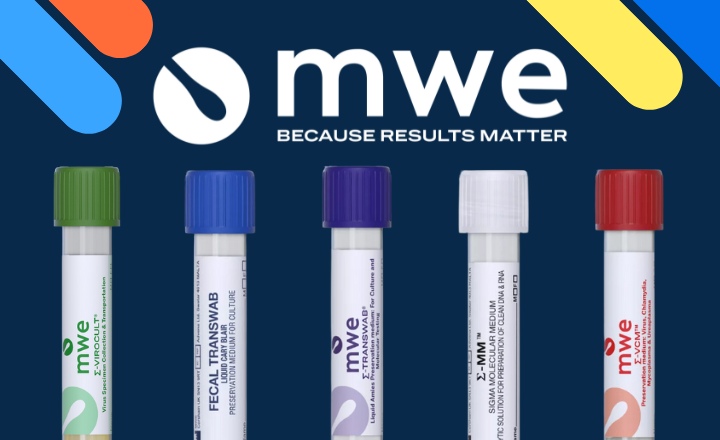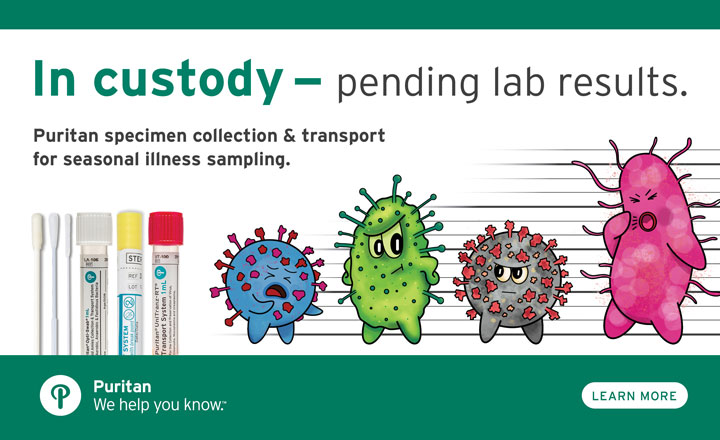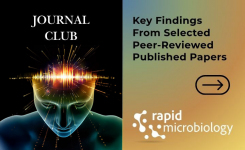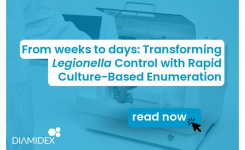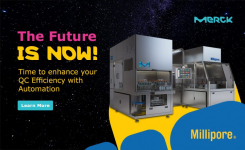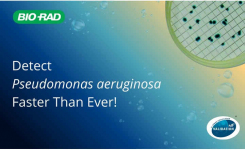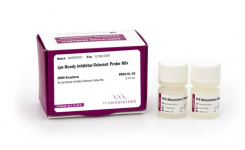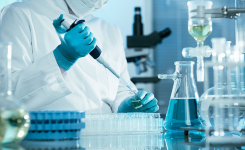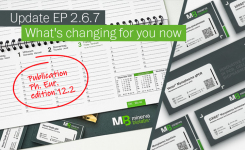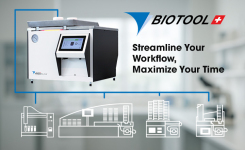Test, test, test! These instructions from Tedros Adhanom, Director-General of the World Health Organization to contain the virus at the start of the pandemic probably did not foresee this instruction would result in a global shortage of diagnostic supplies. The limiting resources caused testing regimes across the world to stumble causing huge backlogs, delayed results reporting and false-negatives needing retesting,
The diagnostic manufacturing community responded quickly with hundreds if not thousands of test kits been developed across the globe. Along with these, manufacturing was scaled-up, for specimen collection swabs, transport media, reagents, and components. All supply chains, in tandem with contract tracing software and civil service operations, are now being used to help bring economies back to normality.
However, the question remains, which is best the type of test? qPCR/Real-Time PCR is the most accurate and remains the gold standard for mass screening. It is the only technique that can pick up low viral loads, which is vital if you want to stop the spread by asymptomatic individuals. However, this molecular test requires a laboratory with highly trained personnel and takes, on average, one hour for a result once the sample reaches the lab
These asymptomatic individuals can be presymptomatic, or they could be immune, or they might not have the virus at all. These individuals are the people wanting to get back to normal working/school/travel life as quickly as possible.
Pooling samples together is seen as a way to reduce costs and the most effective way to use limited resources. It has been used in nursing homes and for medical staff in hospitals both in Germany and Singapore with great success. And now the US FDA is also on board. They have provided guidance on how to validate pooled coronavirus specimens and have allowed current EUA holders to amend their permits to facilitate this pooled samples approach. With high-throughput testing systems in place, pooled testing can solve a lot of problems inherent with a pandemic; reduce backlogs, combat supply shortage, and jump-start the economy.
How does it work: Two samples are taken from an asymptomatic person, one sample is pooled with (up to) 50 other people's samples. The second sample is kept in its tube. If the pooled test is positive, those second samples held in reserve need to be tested individually. If the pooled test is negative, no further investigation needs to be done, the second sample can be discarded, and those 50 people are considered negative.
Issues of concern: The only problem with pooled testing, is that each sample is being diluted slightly with the addition of more samples being added to the pool. Therefore, the lower the number in the pool the higher chance of picking up low viral loads.
COVID-19 RT-PCR Test KIts for Pooling Samples:
Quest Diagnostics' Quest SARS-CoV-2 rRT-PCR test is the first test to be granted EUA for pooled testing by the US FDA. However, It is restricted to just four individual swab specimens.
Pathogen Dx's DetectX-Rv nasopharyngeal swab kit (pending FDA approval) and EnviroX-Rv air/surface monitor kit (available in the US) allows for pools of 10, results in 24 hours, and also tests for Influenza A and B, MERS, SARS, other coronavirus variants, and norovirus.







